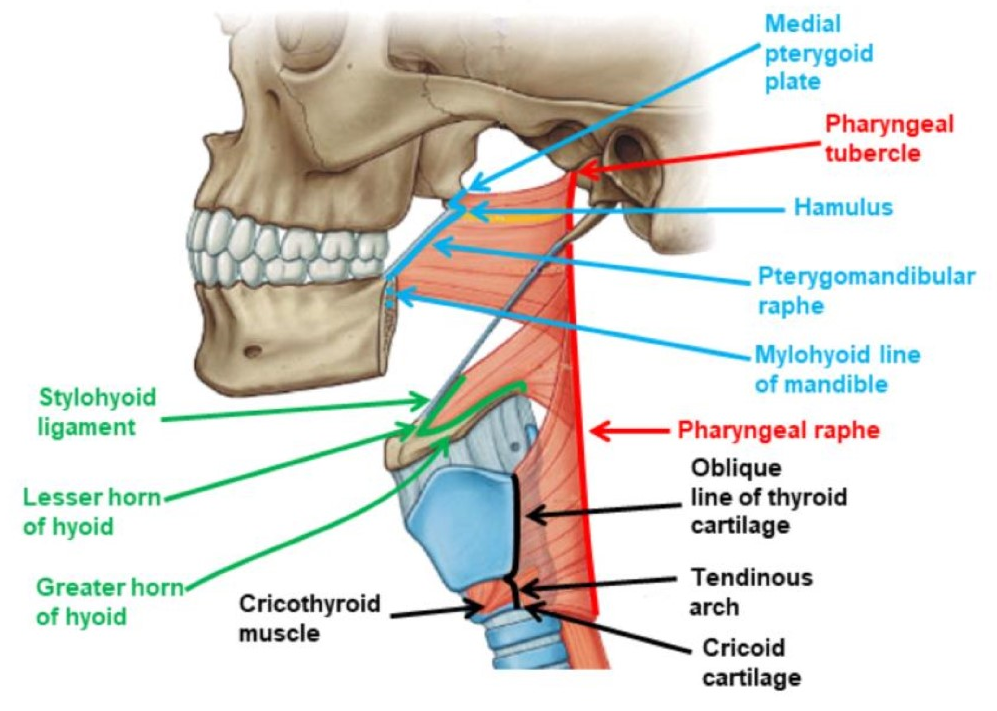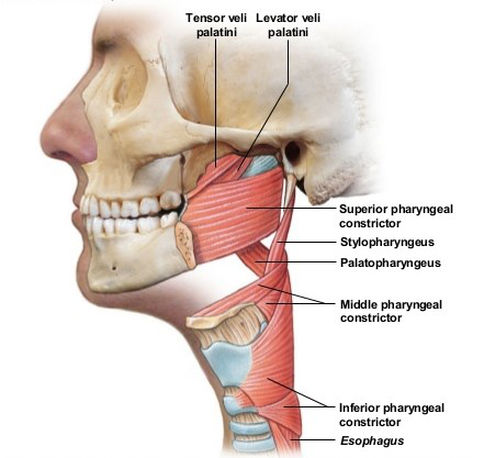
3 - 11 Most of these articles focus on the anatomic relationship of the SLN to the superior thyroid artery. Many articles deal with the variable anatomy of the superior laryngeal nerve. Despite these facts, the SLN is not routinely identified by most surgeons, and some physicians have presented studies to justify this apparent inconsistency in optimal surgery. The nerve is clearly at risk, and injury is clearly detrimental to the patient. These principles would set identification and preservation of the SLN as standard in all thyroid surgery. The principles of head and neck surgery are based on identification and preservation as opposed to avoidance of important structures. THE CLINICAL significance of the superior laryngeal nerve (SLN) has been clearly overshadowed by emphasis on the recurrent laryngeal nerve. Preservation of the EBSLN maintains optimal function of the larynx. The EBSLN should be explored during thyroid surgery and identification is possible in most cases. Operations performed in recent years have a higher identification rate (over 90%).Ĭonclusions Understanding the 3 anatomic variations of the distal portion of the EBSLN and its relation to the inferior constrictor muscle allows for high rates of identification of this nerve. Operations performed for benign disease were associated with higher identification rates (599 of 696) as opposed to those performed for malignant disease (301 of 361). The total identification rate over the 20-year period was 900 (85.1%) of 1057 nerves. Results The 3 anatomic variations of the distal aspect of the EBSLN as it enters the cricothyroid were encountered and are described.
Superior constrictor muscle attachment series#
Overall results were also compared with those found in previous series identified through a 50-year literature review. Intraoperative findings of identification of the EBSLN were recorded and compared on an annual basis for both benign and malignant disease. A total of 884 patients were included, with 1057 EBSLNs explored. Materials and Methods A retrospective review of thyroid lobectomies and total thyroidectomies performed between 19 was carried out. Objectives To describe the anatomic variations of the EBSLN, particularly at the junction of the inferior constrictor and cricothyroid muscles to propose a systematic approach to identification and preservation of this nerve and to define the identification rate of this nerve during thyroidectomy. Inconsistent with the surgical principle of preservation of critical structures through identification, modern-day thyroidectomy surgeons still avoid the EBSLN rather than identifying and preserving it. Variations in its anatomic patterns and in the rates of identification reported in the literature have discouraged thyroid surgeons from routine exploration and identification of this nerve.


Challenges in Clinical Electrocardiography.


 0 kommentar(er)
0 kommentar(er)
